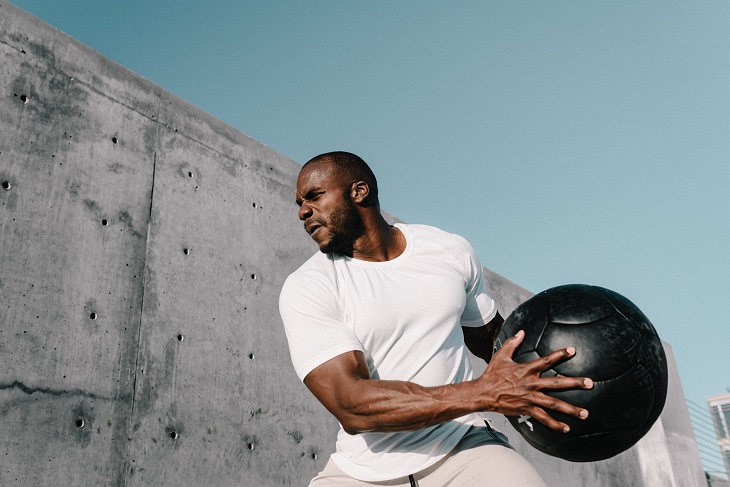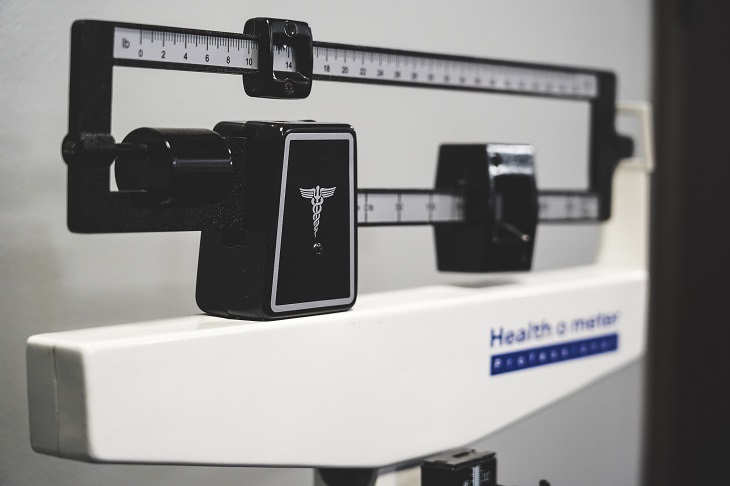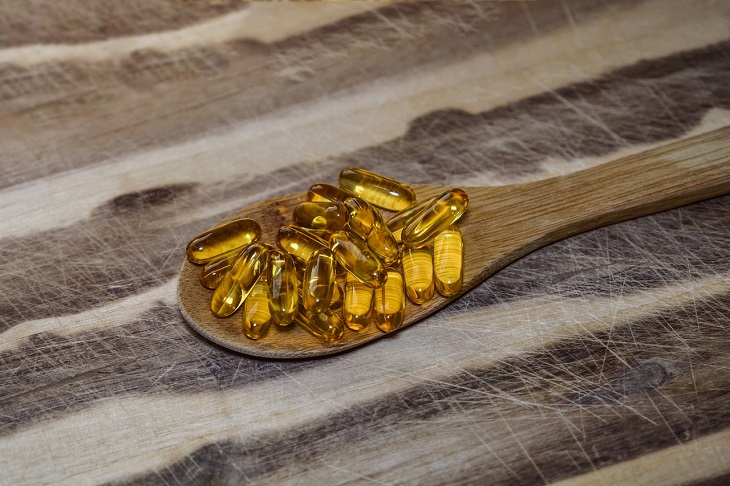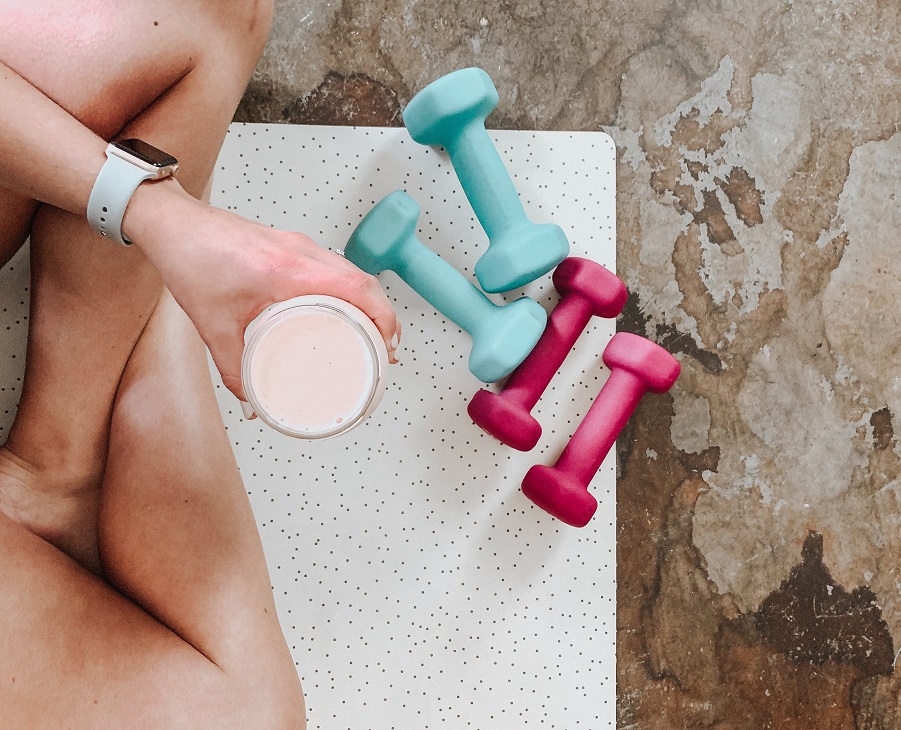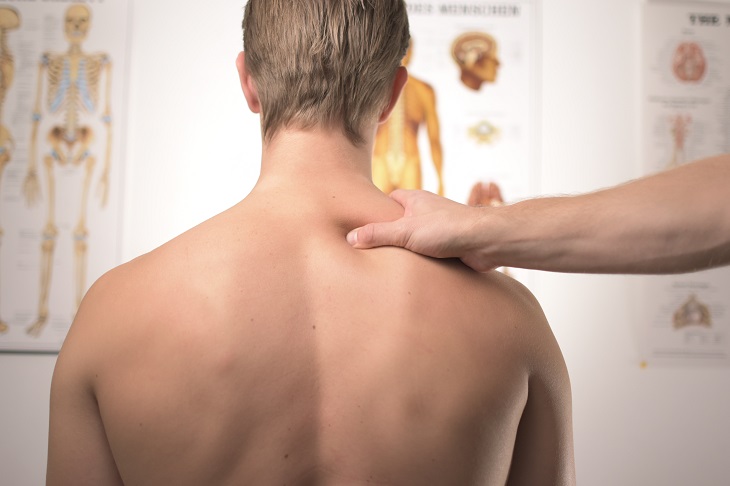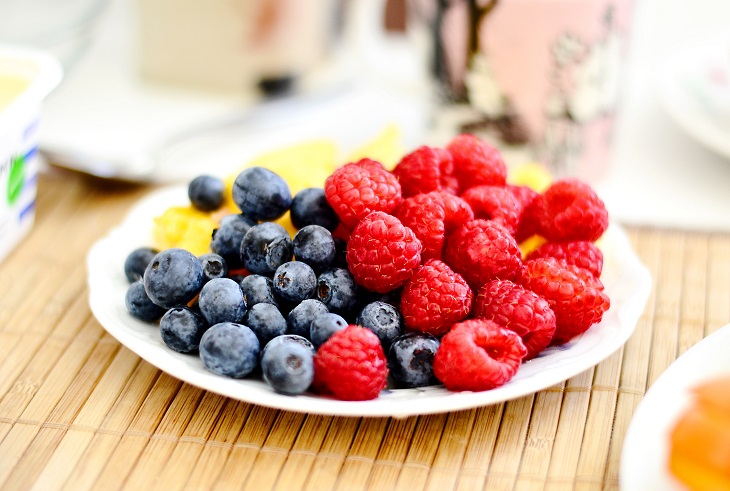It can be hard to find the time or motivation to work out in the winter. Darker and shorter days make it feel like there’s just not enough time to fit everything in – and when it’s cold out, you probably just feel like snuggling on the couch instead! That being said, working out in the winter is just as important as working out in the summer (if not more so!). This is because the winter months leave more people deficient in key nutrients that affect immune function, and because catching a cold or flu is much more likely when the weather is on the colder side.
The good news is that you don’t have to brave the snow-covered streets or wind chill to take care of your physical health throughout the winter season. You also don’t have to push anything on your to-do list back either, because a workout can be as short as 15 minutes and still benefit your health! But how effective can a 15-minute workout be, and what sort of routine should you do? Read on for some tips for exercising in winter, including our favorite easy 15-minute winter fitness routine.
Can a 15-minute workout be effective?
According to a study published in The Lancet, 15 minutes is likely the bare minimum amount for daily exercise to be effective. While it may sound like it’s not enough, think of it this way: anything less than 15 minutes is likely not going to provide you with results, but 15-minute workouts and above can really benefit you.
The researchers of the Lancet study looked at varied durations of exercise and found that devoting even such a seemingly small amount of time to moving your body can actually boost your life expectancy by three years, and reduce your risk of death by 14%. The exercise itself can also be simple, such as a no-hassle brisk walk.

Can you lose weight by working out for 15 minutes?
As is the case with a 15-minute workout being effective for your overall health, it can also help to shed unwanted pounds. However, to lose weight, your body must optimally be burning calories both while you’re working out and while you’re at rest. You will also need to reduce your caloric intake. When it comes to losing weight, the type of 15-minute workout you do matters more than the duration of your workout.
For example, high-intensity interval training (HIIT) is a great way to reduce the length of your workout while still getting the same weight loss benefits. One particular study looked at a short HIIT workout against other longer workouts, and found that even 10 minutes of HIIT is comparable to a 45-minute jog.
Another study found that HIIT can help you up your calorie burn by working more intensely but for less time. Researchers examined men who did both HIIT exercises and steady-state cardio and found that the HIIT participants burned more calories in much less time than their steady-state counterparts.
How can I exercise at home in winter?
It can be a little trickier to get exercise in the winter months, especially if you live in an area that is far too cold or snowy to offer you any sort of outside exercise options. However, home exercises that are done indoors can be just as effective. You don’t even need a home gym setup to accomplish at-home workouts!
Some easy ways you can incorporate quick workouts at home include:
- Yoga: All you need is a mat and a little bit of open space, and you can get moving with one of the thousands of instructional yoga videos on the web.
- Calisthenics: Calisthenics, or bodyweight exercises, are severely underrated – but they’re even used by the military because of how effective they are. Types of bodyweight exercises include push-ups, crunches, leg lifts, planks, squats, lunges, chair dips, and calf raises.
- Free apps: There is a plethora of free exercise app options for people who have no equipment and limited space.
How can I improve my cardio in winter?
If you’re looking for cardio in the winter, you don’t have to go all out and run around in freezing cold weather just to get it. There are plenty of indoor exercises you can do to boost your cardiovascular health, including:
- Dancing: Just because you don’t have a home gym doesn’t mean you can’t get your body moving! Just turn on your favorite tunes and dance the calories away.
- Stair climbing: Whether you live in an apartment or a house, you likely have access to some sort of staircase. Climb up and down the stairs for just 15 minutes and you’ll have completed your daily cardio workout.
- Jumping jacks: Anyone can do jumping jacks, and they take up virtually no space!
- Mountain climbers: Mountain climbers involve you being in the plank position and essentially climbing your knees up to your chest, one at a time, at a quick pace.
- Jump rope: You do need a jump rope for this exercise (and high enough ceilings if you’re working out indoors), but there’s a good reason why boxers typically jump rope to stay in shape. It’s a highly effective cardio exercise.
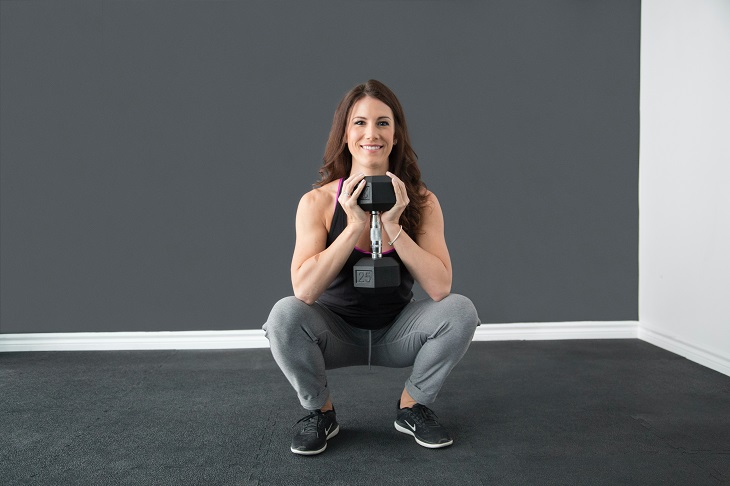
The Easy 15-Minute Winter Fitness Routine To Keep You In Shape
Working out at home takes some motivation, but your health will thank you if you spend at least 15 minutes a day exercising. Try the following workout routine to get your heart rate up and reap the benefits of daily exercise:
- 1 minute mountain climbers
- 1 minute plank hold
- 1 minute bodyweight exercises (15 seconds of push-ups, 15 seconds of crunches, 15 seconds of lunges, 15 seconds of squats)
- 5 minutes jump rope or jumping jacks
- 1 minute repeated bodyweight exercises
- 1 minute mountain climbers
- 1 minute plank hold
- 1 minute repeated bodyweight exercises
- 1 minute jump rope or jumping jacks
- 1 minute mountain climbers
- 1 minute plank hold
This is just one exercise routine example that will have you partaking in cardio, strength building, and HIIT all at once – and it’s only 15 minutes long! Follow this routine or try putting together your own mix for a fast and effective daily workout routine.
Featured image by Jonathan Borba on Unsplash


